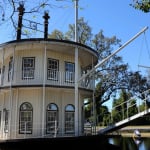Name: Tyre
Address: Tyre, Lebanon
Official/related site URL: https://worldheritagesite.xyz/tyrus/
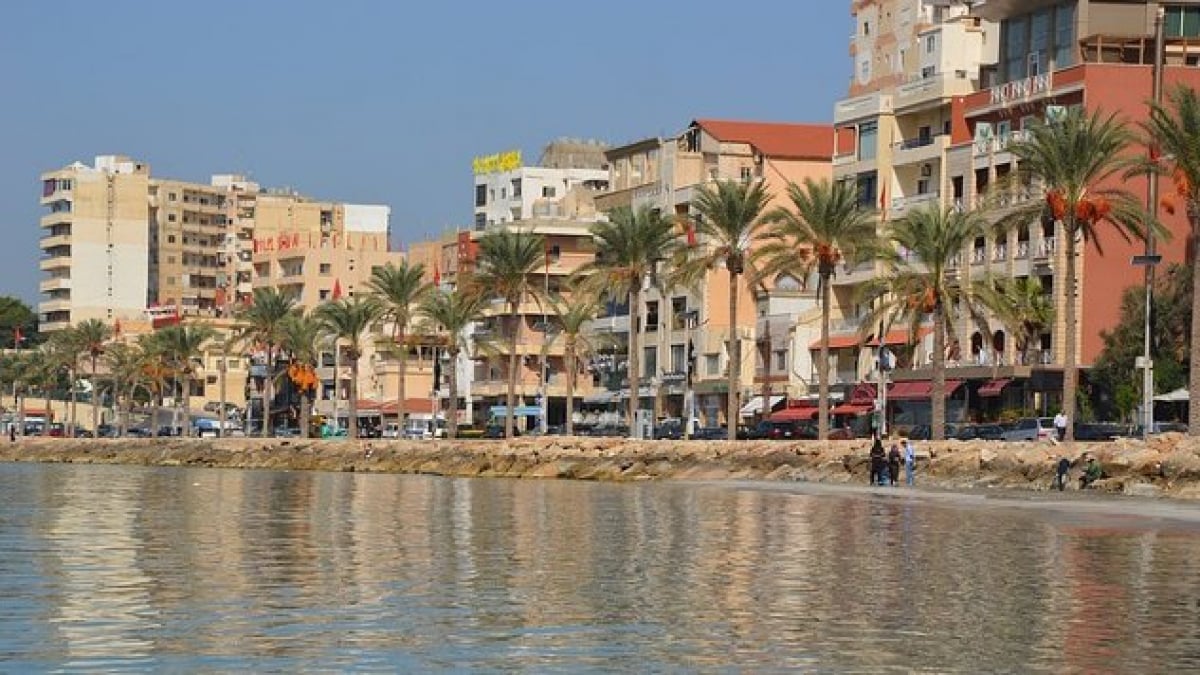
The Intersection of Culture and Religion: 5 World Heritage Sites in the Mysterious Country of Lebanon!
Lebanon, whose flag features a striking red line and a cedar of Lebanon drawn in the center, is a country facing the eastern edge of the Mediterranean Sea and is home to five registered World Heritage Sites. Lebanon’s history dates back to ancient times and is considered the original homeland of the Phoenicians. However, due to being ruled by various kingdoms and empires throughout its long history, a wide range of cultures and structures remain to this day.
Lebanon features World Heritage Sites such as buildings heavily influenced by Phoenician culture and forests where the cedar of Lebanon, depicted on the national flag, still grows naturally. In this article, we will introduce all five of Lebanon’s World Heritage Sites!
table of contents
[x] close
The Intersection of Culture and Religion: 5 World Heritage Sites in the Mysterious Country of Lebanon!
1. Tyre
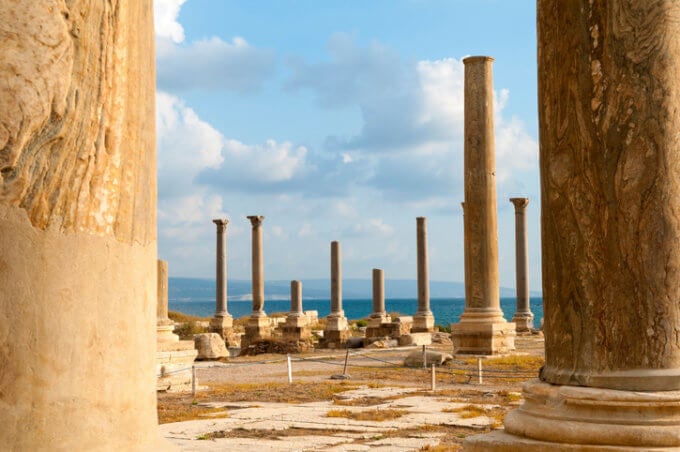
Tyre is an ancient city located along the Mediterranean coast in southern Lebanon, registered as a World Heritage Site in 1984. It originally flourished as a Phoenician city but was later destroyed by the Roman Empire. Although the ruins from that era are now submerged and cannot be seen, remnants from the Roman period are still preserved in the small fishing town of Sour.
It takes about an hour and a half by car from Lebanon’s capital, Beirut. Among the structures registered as World Heritage Sites are a stadium and bathhouses, with particularly notable sights including the colonnaded avenue with pillars lining the way toward the sea, and the triumphal arch. Since Lebanon retains many Roman-era ruins, it’s even more enjoyable to explore them together with other World Heritage Sites.
2. Anjar
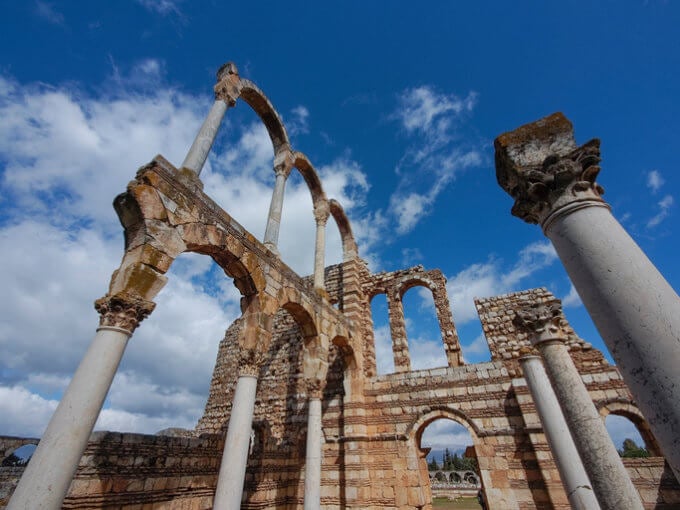
Anjar, a World Heritage Site, consists of ruins from the Umayyad period, which flourished around the 8th century. This is the only location where such ruins from that time remain, and it is accessible by car in about an hour and a half from Beirut. Unlike other World Heritage Sites in Lebanon, which are mostly from the Roman era, this site reflects Islamic culture and is relatively more recent.
Anjar developed as a hub connecting major cities in the Middle East, and ruins of resorts and bathhouses used by Islamic rulers still exist. Although the official language of Lebanon is Arabic, this area has a large Armenian population, making English widely spoken and the site easy to visit.
Name: Anjar
Address: Aanjar, Lebanon
Official/related site URL: https://worldheritagesite.xyz/anjar/
3. Baalbek
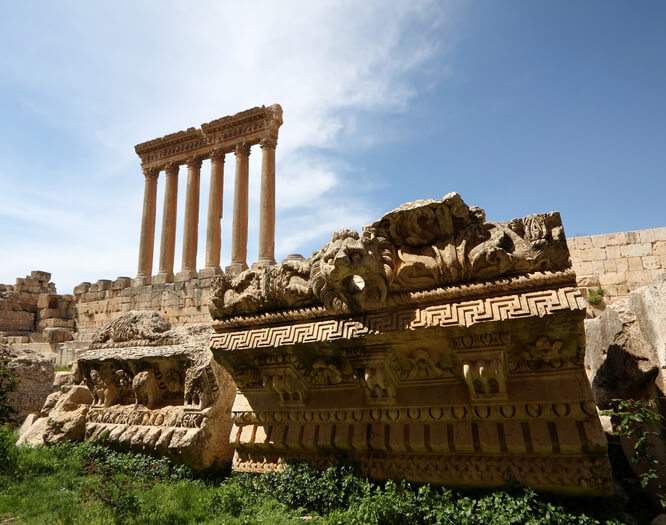
Baalbek was registered as a World Heritage Site in 1984. Located in northeastern Lebanon, it features some of the largest Roman temples in the world. In ancient times, Baalbek was a sacred place where many gods of the Phoenicians were worshipped. When the Roman Empire took control of the region, they built grand temples there.
Baalbek, along with Petra in Jordan and Palmyra in Syria, is considered one of the three great archaeological sites of the Middle East. Notably, the Temple of Jupiter in Baalbek incorporates colossal stones called the Trilithon, weighing between 650 and 970 tons. Transporting such stones would be extremely difficult even today, demonstrating the enormous effort that went into construction in ancient times. The World Heritage Site that once stood atop these stones is believed to have been much larger than the famous Parthenon.
It takes about two hours by car from Beirut. Since it is also near the World Heritage Site of Anjar, visiting both is highly recommended.
Name: Baalbek
Address: Baalbek, Lebanon
Official/related site URL: https://worldheritagesite.xyz/baalbek/
4. Byblos
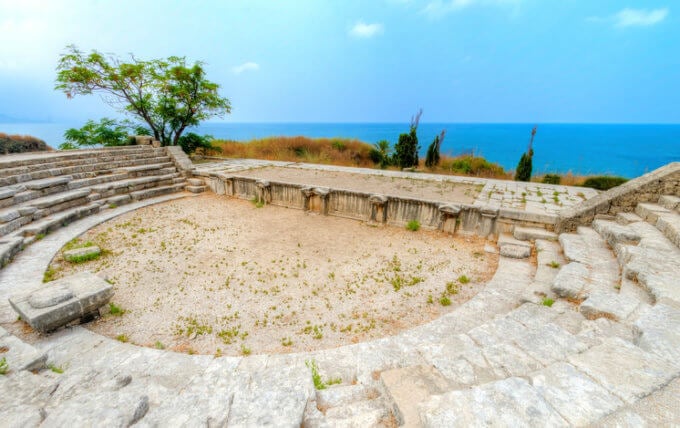
Byblos, a World Heritage Site in Lebanon, is said to be the origin of the word "Bible" and is also the birthplace of the Phoenicians who thrived through maritime trade in the Mediterranean. The Phoenician alphabet, created by the Phoenicians, is considered the origin of today’s alphabet, earning Byblos the title "birthplace of the alphabet."
Byblos developed through the construction of ships made from the cedar of Lebanon—featured on the national flag—and by exporting cedar oil. In Byblos, you can see ruins from various periods including the Paleolithic era, the Phoenician period, the Roman era, and Crusader fortresses, making it a rare World Heritage Site. It’s only about 40 minutes by car from Beirut, making it an easy day trip.
Name: Byblos
Address: Jubayl, Lebanon
Official/related site URL: https://worldheritagesite.xyz/byblos/
5. Qadisha Valley and Forest of the Cedars of God
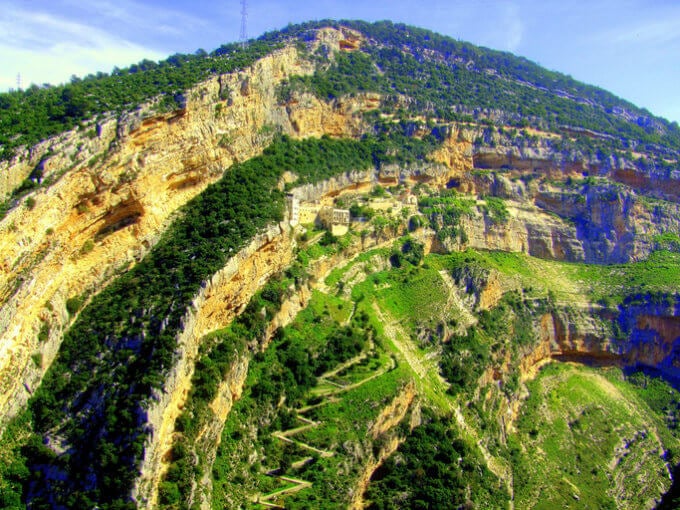
Qadisha Valley and the Forest of the Cedars of God were registered as a World Heritage Site in 1998. They are located in the northern part of the Lebanon Mountains, which run north to south through the country’s center. The cedar forests here are home to the cedar of Lebanon, as depicted on the national flag. Although the Phoenicians once thrived thanks to these trees, only a small number of cedar trees remain today, and they are protected in this heritage site.
The valley came to be known as the "Forest of God" after Christian monks began retreating there for ascetic practice. Monasteries and refuge sites still remain in the valley. These religious structures are part of the World Heritage registration, and if you're lucky, you might even witness the sea of clouds—a breathtaking sight. Though it takes nearly three hours by car from Beirut, this World Heritage Site is well worth the journey.
Name: Qadisha Valley and Forest of the Cedars of God
Address: Bsharri, Lebanon
Official/related site URL: https://worldheritagesite.xyz/ouadi-qadisha/
◎Summary
Located along the Mediterranean coast, Lebanon has a history of diverse cultures and shifting powers through different eras. It is rare to find a site where so many different historical periods can be glimpsed through its ruins, making Lebanon’s World Heritage Sites especially valuable. While Lebanon is in the Middle East, many of its World Heritage Sites are Christian religious sites from the Roman era, and nearly half of the current population is Christian. Lebanon’s World Heritage Sites, where you can feel the eternal history of the Phoenicians, are definitely worth visiting at least once in your life.
RELATED ARTICLES
REGIONS
CATEGORIES
FEATURED ON Lebanon
-
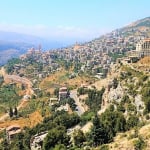
[Safety in Lebanon] Be Careful! What You Need to Watch Out For Is Not Just Terrorism
-
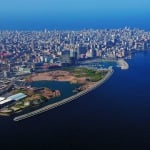
Beirut, the Paris of the Middle East: 7 Must-Visit Attractions
-

Beirut : Paris of the East and the European Gateway to the Middle East
-

Lebanon:Middle-Eastern Country which Attracts Tourists with Fascinating History and Famous Food
MOST POPULAR ON Lebanon
-
 1
1Doha: Must-see Attractions in the Capital of Qatar
-
 2
2Toronto: 10 Things to do in this Picturesque Canadian City
-
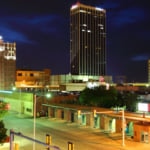 3
3Amarillo: A City Famous for It’s Amazing Canyons, Great History and Music
-
 4
4South Korea: Dazzling Scenery, Rich Culture and Fascinating History
-
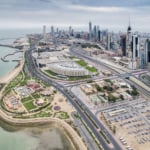 5
5Kuwait: A Country in Middle East Asia Famous for Hot Sand Dunes and Stunning Cityscape




